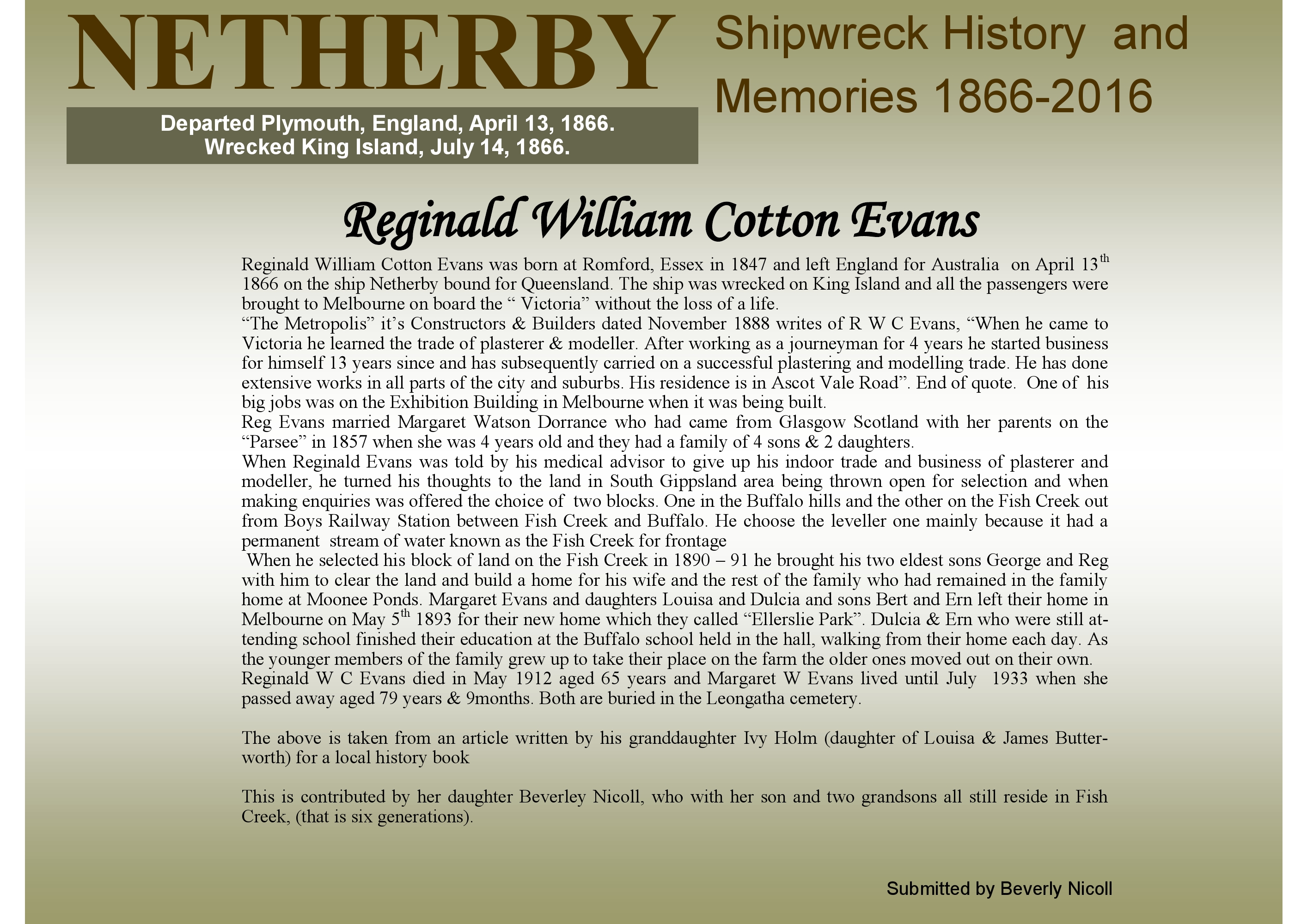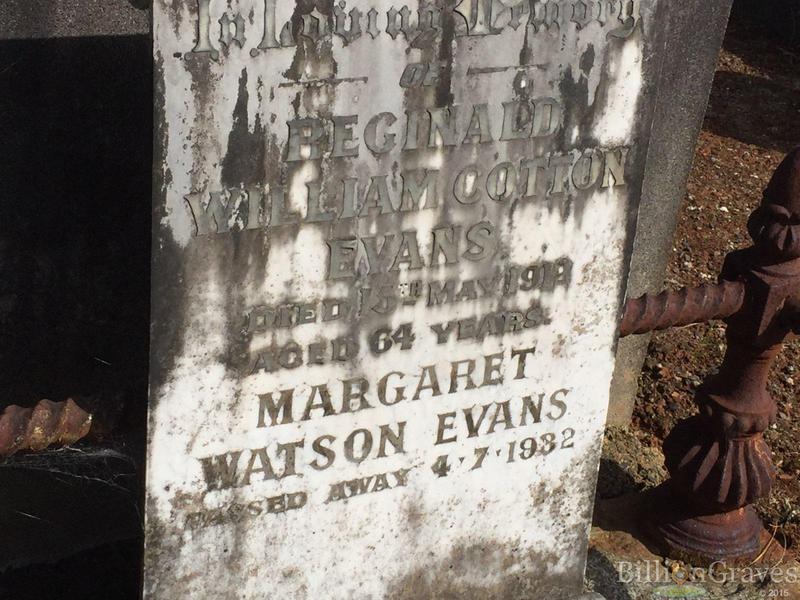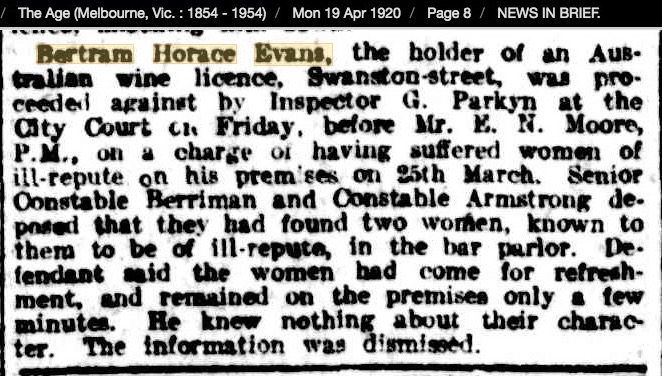Passengers stories
by their descendants.
Reginald William
Cotton Evans
This account provided by Sue Gibson in August 2017. Her mother (Bernice) compiled it for Sue's daughter Jade for a primary school project.
Reginald William Cotton Evans was born in 1847 in Romford in England. He went to school and was seen as a student that had very big potential and excessive amounts of enthusiasm. Reginald was an academic student and was one of the top students in his level. At this time the government was transferring all convicts to Australia and needed several builders, soldiers, farmers and anyone with a skill that could develop the land. Reginald was strongly requested to go to Australia to clear the land. Reginald was enticed with the offer that he would be given land after he contributed to the construction of buildings.
It was 1866 and Reginald was 21 when he travelled to Australia, leaving his parents and siblings in England. He travelled on a ship called the Netherby with a lot of other travellers and convicts. Reginald found the trip to be long and boring. He was very cautious about the diseases and his sea sickness. Reginald felt he was along because he didn’t know many people and he was away from all of his family. He often reflected on his home country, England.
The Netherby was to dock in Queensland, but the ship was caught in currents and were blown off course into King Island near Tasmania. They were shipped wrecked for sometime altogether. There wasn’t enough food so a man who was a farmer rowed from King Island to Victoria to get help. Once they had been rescued they were able to stay in Victoria. Reginalds first impression was that the land was dry, dusty. He would remember the wet and foggy nights of his home country. Reginald built the requested houses and then started up his own business. Several years later he met his wife and began to feel that Australia was now his home.
Reginald worked on the first Exhibition Building in Melbourne doing all the plaster work and modelling around the ceilings. After some time the first Exhibition Building was demolished and Reginald was asked to work on the new Exhibition building. The new Exhibition building opened in 1880 and Reginald was there to open it to the public.
Reginald built several more houses in Thornbury.
After Australia had developed over the years, the Government gave most workers several acres to build a house on and produce crops at Fish Creek. Most people stayed and had families. Reginald and his wife decided to have children. Reginald now had 4 children and loved them dearly. He was always working or down at a neighbours house when needed.
Reginald Evans had a street named after him in Cranbourne for his contribution to developing the New Continent and for his work on the Exhibition Buildings.
Reginald died, 12th May 1912 at the age of 65.
Reginald William Cotton Evans is buried at the
Leongatha Cemetery.
Family line:
Reginald William Cotton Evans
Son - Bertram Horace Evans
Grandaughter - Bernice Gibson (Evans)
Great grand daughter: Sue Gibson
Great great granddaughter: Jade Gibson
Aug 2017: Snippet located in a Trove search. possibly Reginald's son. Not yet confirmed.




